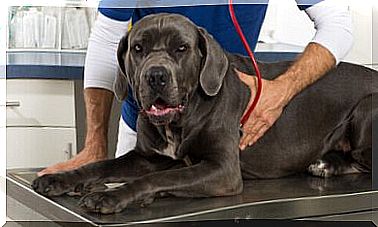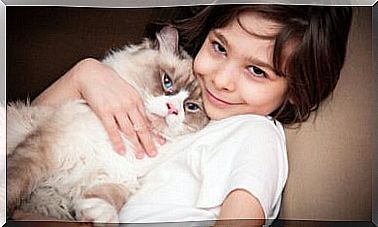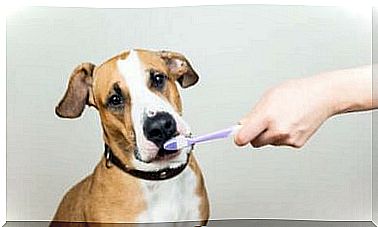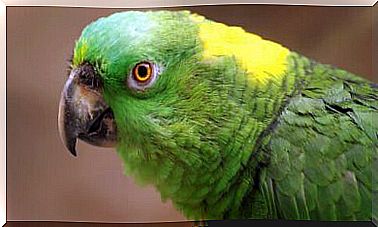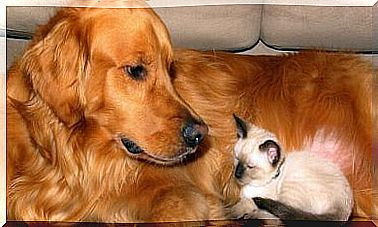What Is Feline Hyperesthesia Syndrome
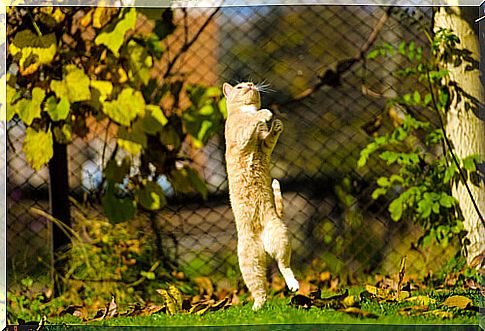
The feline in tenderness syndrome can be defined as a rare disease that often affects cats. In this article we will tell you everything you need to know about this disease, so that you are prepared in case your pet should show symptoms.
Feline hyperesthesia
The characteristic of feline hyperesthesia is the abnormal behavior of your four-legged friend. In fact, it is as if the cat were trying in every way to fight against an imaginary aggressor: the animal lives with the feeling of having an enemy behind him who tries to attack him by scratching him on the back.
It is a syndrome that affects the neuromuscular system of your pet and, for this reason, manifests an extraordinary sensitivity of the skin.
As we know, the cat spends a lot of time on its daily hygiene, persistently licking itself until it feels perfectly clean. However, if you notice that this habit becomes compulsive, you should start worrying. In fact, the feline hyperesthesia syndrome could be hiding behind this behavior.
Symptoms of Feline Hyperesthesia
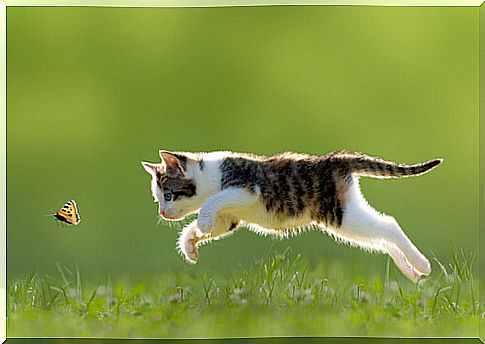
In addition to what has already been said, feline hyperesthesia can manifest the following symptoms:
- Nervousness and behavioral alterations.
- While the animal tries to lick or even bite its tail, it moves frantically.
- It bites its own tail and, at the same time, runs in terror.
- The skin on the back appears wavy. Furthermore, the animal shows a very pronounced sensitivity on the skin of the back, to the point that it is annoyed if the animal is touched in the dorsal-caudal area.
- He can suffer from spasms, convulsions and tics. Furthermore, in moments when the crisis occurs with greater intensity, the pupils appear dilated.
- Weight loss.
- The sensation we perceive is that of an animal chasing something that only he sees.
- In severe cases, it can even mutilate some parts of its body.
Causes of feline hyperesthesia
According to some theories, this disease affects especially those cats that show a particular level of nervousness or hyperactivity. Despite this, each case is unique and the triggering cause of the disease is not known to specialists.
First, contact your veterinarian and tell him that the cat is exhibiting these symptoms. The professional will make sure that your pet has no other problems, such as fleas : the cat, in fact, could suffer from a strong allergy towards these parasites.
The flea bite, in fact, could cause your pet a serious disease such as allergic dermatitis (the English acronym is DAP) which can cause your four-legged friend to scratch compulsively, especially on the tail.
Furthermore, even the problem of very dry skin can cause or aggravate feline hyperesthesia.
Some scholars also believe that hyperesthesia is caused by epilepsy, since they believe that it originates from a problem in the electrical activity of certain areas of the animal’s brain (especially in those areas where the control of emotions resides , the predatory behavior and hygiene care ).
Finally, we must point out the possibility that feline hyperesthesia is a variant of obsessive compulsive disorder. Experts also state that the possibility that there are feline breeds more predisposed to manifest the disease, due to stress , cannot be ruled out .
How feline hyperesthesia is diagnosed
First of all, you must make sure that the cat does not suffer from other types of diseases, such as those already mentioned, but also from nutritional deficiencies, hyperthyroidism, back problems, injuries, brain damage, cancer or poisoning.
Subsequently, the vet will ask you to report all the symptoms of the animal in detail : in reality it would be useful even to record its behavior.
It will also perform a blood test, comprehensive tests and all other tests necessary to rule out the possibility that the cat is suffering from other diseases, to make a diagnosis as accurate as possible.
How feline hyperesthesia is treated
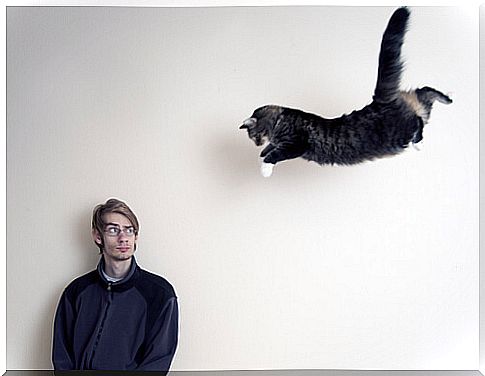
First, your vet will prescribe certain medications for your cat that will help calm his anxious state. Of course, it is advisable to avoid all those situations that could make him agitated and anxious.
It is also important that your cat feeds properly, following the established times.
It is necessary to ensure that the cat is surrounded by an environment where tranquility and cleanliness reign : these are essential aspects for your pet to feel comfortable. It is important that you play with him two or more times a day, but you will also need to make sure that he has a place to relax and rest.
And above all, follow all the instructions that your veterinarian will give you, who will teach you how to deal with feline hyperesthesia together with your cat.
